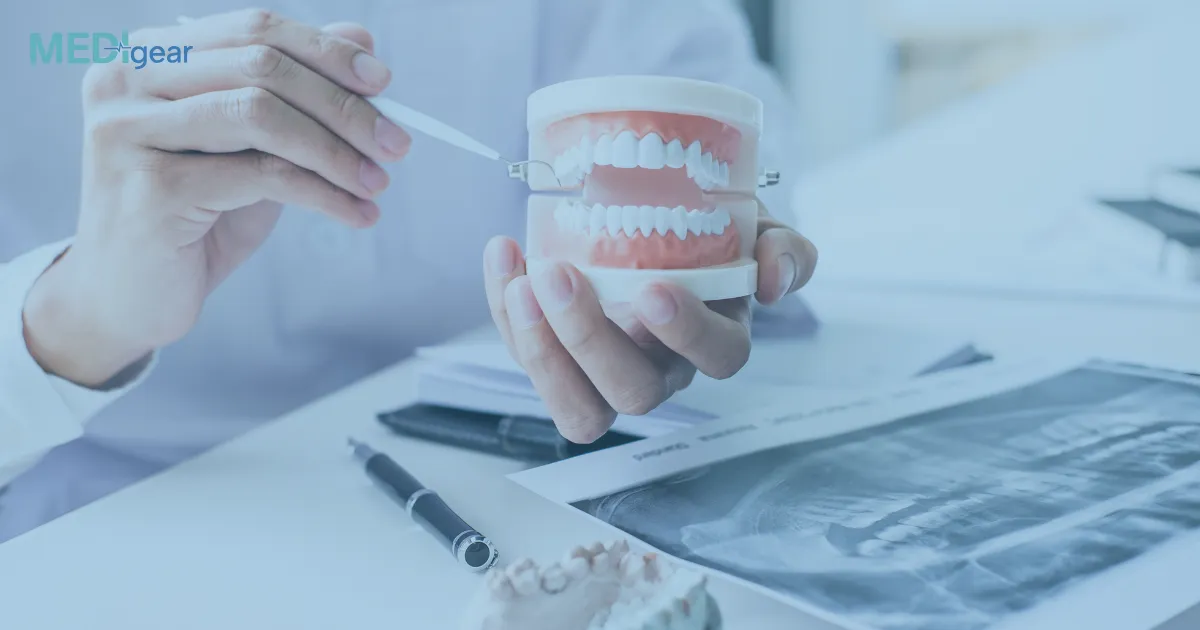In modern endodontics, precision and visibility are critical to achieving successful root canal outcomes. Dental microscopes have transformed the way clinicians diagnose, treat, and evaluate complex root canal systems, enabling a higher level of accuracy that traditional magnification tools simply can’t match.
The Role of Visualization in Endodontics
Root canal systems are intricate and often unpredictable, with variations in canal shapes, accessory canals, and calcifications. Traditional dental loupes offer limited magnification, typically between 2× and 6×, which can restrict the practitioner’s ability to identify fine anatomical details. Dental operating microscopes (DOMs), however, offer magnification up to 25× along with advanced illumination, ensuring unparalleled visualization.
Key Advantages of Using Dental Microscopes
1. Enhanced Magnification and Clarity
Dental microscopes provide superior magnification and resolution compared to loupes or the naked eye. This enables clinicians to locate hidden canals, detect microfractures, and visualize debris or residues that could lead to treatment failure if missed.
2. Improved Illumination
Equipped with coaxial LED or halogen lighting, dental microscopes deliver shadow-free illumination directly into the root canal. This precise lighting ensures that even the deepest structures within the pulp chamber are clearly visible.
3. Greater Accuracy in Canal Negotiation and Cleaning
Enhanced visualization allows for accurate negotiation of narrow or curved canals. Dentists can perform thorough cleaning and shaping while preserving more natural tooth structure, minimizing procedural errors like perforations or ledge formations.
4. Improved Ergonomics and Operator Comfort
Dental microscopes enable practitioners to maintain an upright posture during treatment, reducing neck and back strain. Adjustable binoculars and customizable viewing angles support ergonomic working positions, improving both efficiency and long-term comfort.
5. Better Documentation and Communication
Most modern dental microscopes are integrated with digital cameras that record or capture treatment procedures in real-time. This feature aids in case documentation, patient education, and collaboration with colleagues or dental specialists.
Clinical Applications in Endodontics
Dental microscopes are invaluable in various endodontic procedures, including:
- Locating additional canals (e.g., MB2 canal in maxillary molars)
- Managing calcified canals
- Detecting and repairing perforations
- Retreatment cases requiring removal of posts or fractured instruments
- Apical surgery (microsurgery) where precise visualization is critical
Future Outlook
The integration of digital imaging and fluorescence technology with dental microscopes is expected to further elevate diagnostic capabilities. Combined with cone-beam CT (CBCT) imaging and AI-guided workflows, the next generation of dental microscopes will offer even more precision and predictive insights.
Conclusion
Dental microscopes have redefined the standard of care in endodontics. By enhancing visibility, improving accuracy, and supporting better ergonomics, they empower clinicians to deliver superior, minimally invasive, and longer-lasting results for their patients.
Disclaimer:
This blog is intended for educational and informational purposes only. It should not be considered as medical or dental advice. Always consult qualified dental professionals for diagnosis and treatment guidance.






